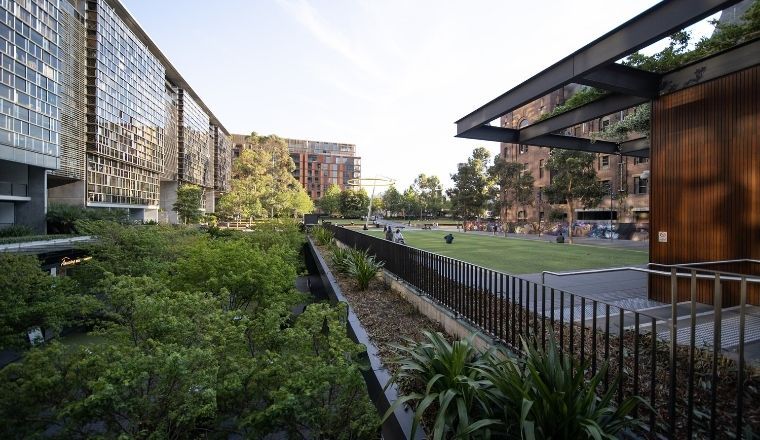Our approach to fixing serious defects
We aim to ensure serious defects to common property get fixed. We use the powers under the Residential Apartment Buildings Act 2020 (‘RAB’ Act) to compel a developer or builder to remediate serious defects.
These RAB Act powers permit us to issue a developer or builder with a direction or range of orders to fix non-compliant building work.
Project Intervene works to negotiate an agreement between a developer and an eligible owners corporation to make sure serious defects are remediated in a timely and cost effective way.
The program may be a good option if you have a class 2 residential apartment building with serious defects in the common property. The occupation certificate must have been issued in the last 10 years and the developer or builder must be active or trading still.
Using an Undertaking to fix serious defects
One option available to us under the RAB Act is a Developer Undertaking.
An Undertaking is an agreement offered by the developer to the Secretary of the Department of Customer Service for the benefit of the owners corporation.
We work with a developer to finalise the list of serious defects and a time limit for when they will be fixed. Once the list is finalised, a Deed Poll is signed by both the developer and the owners corporation. Once signed, a Deed Poll is legally binding on both parties.

It's about the fix, not the fight.
Progress update
Matters accepted into Project Intervene.
Building inspection findings issued.
Draft Building Work Rectification Orders issued.
Number of developer Deed Polls signed.
Number of apartments impacted.
